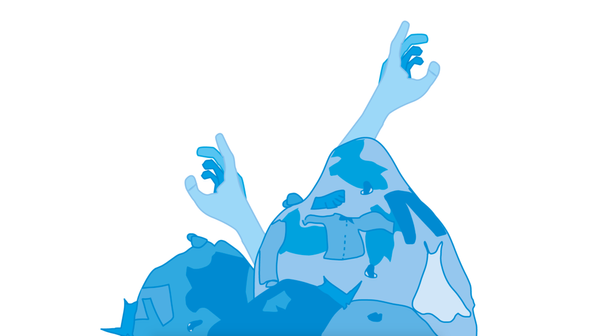Can a tiger change its stripes?

China has postponed previous plans to lift the 25-year-old ban on the sale and use of rhinoceros horn and tiger bone for Traditional Chinese Medicine (TCM), following an international furore. This announcement comes two weeks after the State Council’s decision in October to reverse the 1993 ban on the sale, import, export, and use of tiger and rhino products, in order to allow their use for “medical research or in healing” from farmed rhinos and tigers in government certified TCM hospitals. Environmental activists, conservation NGOs and experts criticised the Chinese government, saying the decision would have a “devastating impact” on wild populations of the already endangered species.
State Council Executive Secretary-General Ding Xuedong did not give any reasons why the reversal has been postponed and did not refer to the global response. He said the “old ban remained in force”, but did not specify if this would be temporary or permanent.
The announcement to allow the trade of farmed rhino and tiger parts for TCM indicates that the Chinese government values wildlife exclusively as products for human consumption, no matter how iconic or endangered. It contradicts President Xi Jinping’s efforts to improve China’s reputation on the environmental front and the country’s total ban on the trade of elephant ivory in January 2018.
The lifting of the ban, if it proceeds, will directly support the barbaric tiger farming industry of China and South East Asia, and it comes soon after South Africa’s recent legalisation of the domestic trade in rhino horn, supporting rhino farmers. Farming supporters say that availability of farmed tigers and rhinos for use in TCM will alleviate the poaching pressure on wild populations, but conservationists argue that it will only inflame the global poaching and smuggling crisis that is already threatening to wipe out the <30,000 rhino and the <4,000 tigers left in the wild. Not only will this support the fourth most lucrative international criminal trade after drugs, weapons and human trafficking, it will also put the lives of countless conservationists and rangers at risk in the war on poaching.
Supporting these tiger and rhino farms will stimulate demand for these products that will certainly exceed the supply that farms are able to generate. It also undermines the efforts to eradicate demand entirely and could erase the stigma associated with exploiting a globally loved, critically endangered species. In the tiger farms, tigers are speed-bred like livestock and killed to order. Many are also open to the public under the guise of entertainment, where unknowing tourists can handle tiger cubs or pose for photographs with sedated and restrained adults.
Although much of the demand for tiger bone for TCM comes from China, Vietnam is also one of the largest consumers of tiger parts; tiger bone paste, a traditional medicine, is a uniquely Vietnamese product. While the Vietnamese trade in tiger parts is currently illegal, China’s decision will certainly influence the South East Asian legal atmosphere concerning the commodification of tigers.
The latest development is only a delay in the possible ban reversal; environmental activists and conservationists must wait anxiously for further updates from Beijing. In this age of ecocide and global biodiversity devastation, it is time to abandon the outdated and scientifically invalid practices in traditional medicines that are exploiting and driving the decline of endangered species.
The Chinese NGO WildAid captures the sentiment of many with their slogan “没有买卖没有杀害” (“When the buying stops, the killing can too”).





